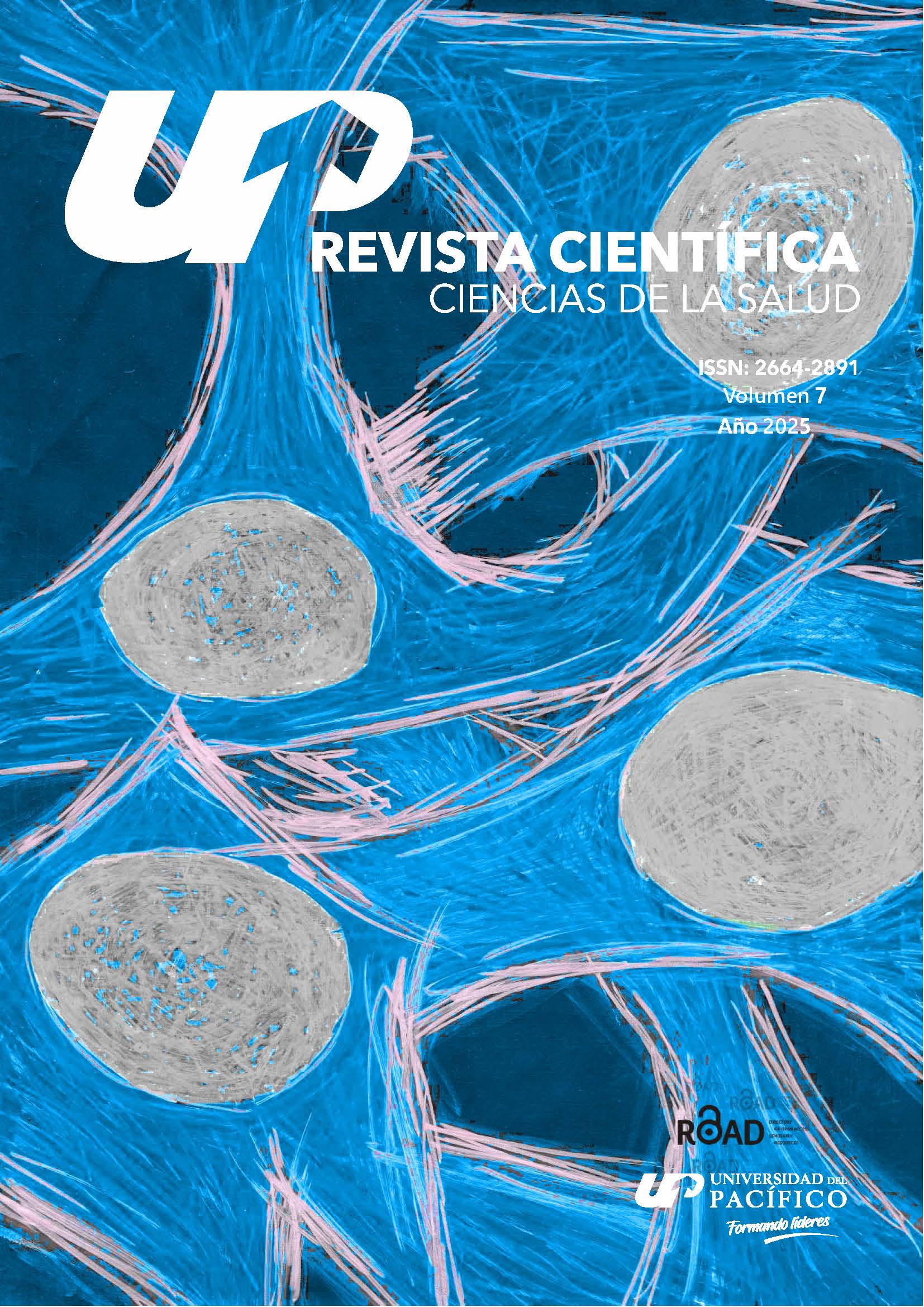Bacteriemia como complicación de Dengue severo
DOI:
https://doi.org/10.53732/rccsalud/2025.e7201Palabras clave:
dengue, bacteriemia, Staphylococcus aureusResumen
Introducción. La coinfección bacteriana en pacientes con dengue es una preocupación emergente que aumenta la morbilidad y mortalidad. Coinfecciones con patógenos como Staphylococcus aureus destacan la importancia de un enfoque integral en el diagnóstico y tratamiento. Caso clínico. Paciente masculino de 35 años con hipertensión arterial acude por fiebre. Presenta resultado de NS1 positivo, y ha recibido tratamiento ambulatorio con múltiples punciones. Hay persistencia de fiebre con parámetros infecciosos elevados, dolor precordial y disnea. Con los estudios auxiliares se observó una pericarditis purulenta y neumonía necrotizante con aislamiento de S. aureus meticilino resistente en ambos. El diagnóstico fue fiebre por dengue, pericarditis purulenta, neumonía necrotizante. Recibió tratamiento con vancomicina por 48 días y presenta mejoría clínica. Conclusión. Las bacteriemias concurrentes con dengue, incluyen complicaciones graves, especialmente por S. aureus. Aunque tienen alta mortalidad, el caso que se reporta tuvo buenos resultados.
Citas
Trunfio M, Savoldi A, Viganò O, d’Arminio Monforte A. Bacterial coinfections in dengue virus disease: what we know and what is still obscure about an emerging concern. Infection. 2017;45(1):1–10. http://dx.doi.org/10.1007/s15010-016-0927-6
Lee JC, Cia CT, Lee NY, Ko NY, Chen PL, Ko WC. Causes of death among dengue patients causes of death among hospitalized adults with dengue fever in Tainan, 2015: Emphasis on cardiac events and bacterial infections. J Microbiol Immunol Infect. 2022;55(2):207–14. http://dx.doi.org/10.1016/j.jmii.2021.03.010
Thein TL, Ng EL, Yeang MS, Leo YS, Lye DC. Risk factors for concurrent bacteremia in adult patients with dengue. J Microbiol Immunol Infect. 2017;50(3):314–20. http://dx.doi.org/10.1016/j.jmii.2015.06.008
Tejo AM, Hamasaki DT, Menezes LM, Ho Y-L. Severe dengue in the intensive care unit. Journal of Intensive Medicine. 2024;4(1):16–33. http://dx.doi.org/10.1016/j.jointm.2023.07.007
Nagassar RP, Bridgelal-Nagassar RJ, McMorris N, Judith Roye-Green K. Staphylococcus aureus pneumonia and dengue virus co-infection and review of implications of coinfection. BMJ Case Rep. 2012;2012:bcr0220125804–bcr0220125804. http://dx.doi.org/10.1136/bcr.02.2012.5804
García Agudelo, L., Oliveros, WA, Sotaban Piraban, LN, Velasco Castro, JC. Caracterización clínica y epidemiológica del dengue 2015-2020 Hospital Regional de la Orinoquía ESE. Ces medicina. 2023;37(1):1–11. https://doi.org/10.21615/cesmedicina.6890
See KC, Phua J, Yip HS, Yeo LL, Lim TK. Identification of concurrent bacterial infection in adult patients with dengue. Am J Trop Med Hyg. 2013;89(4):804-10. https://doi.org/10.4269/ajtmh.13-0197
Chen C-M, Chan K-S, Cheng K-C, Chou W, Chao H-C, Yeh C-Y, et al. The exploration of risk factors of concurrent bacteraemia in patients critically ill with severe dengue. J Med Microbiol. 2016;65(12):1505–11. http://dx.doi.org/10.1099/jmm.0.000388
Liu D. Enterotoxin-producing Staphylococcus aureus. In: Tang Y.W., Sussman M., Liu D., Poxton I., Schwartzman J., editors. Molecular Medical Microbiology. 2nd ed. Academic Press; Boston, MA, USA: 2015. pp. 979–995.
Valero N, Mosquera J, Levy A, Añez G, Marcucci R, Alvarez-Mon M. Differential induction of cytokines by human neonatal, adult, and elderly monocyte/macrophages infected with dengue virus. Viral Immunol. 2014;27(4):151–159. http://dx.doi.org/10.1089/vim.2013.0123


.png)














 Todo el contenido de esta revista, está bajo
Todo el contenido de esta revista, está bajo 